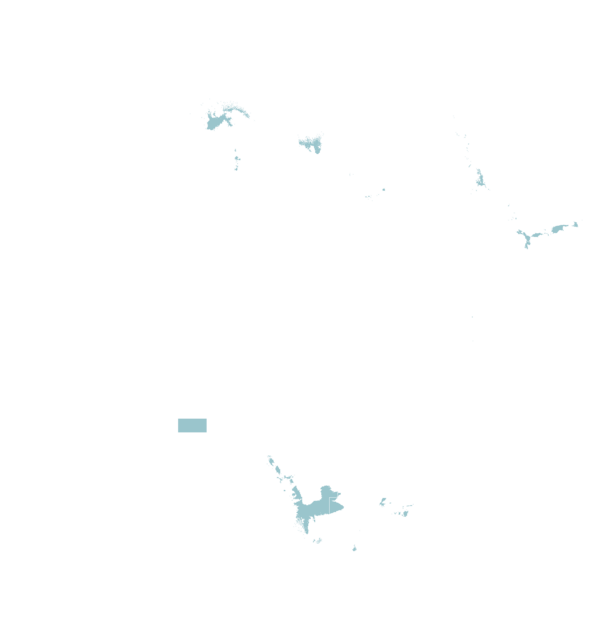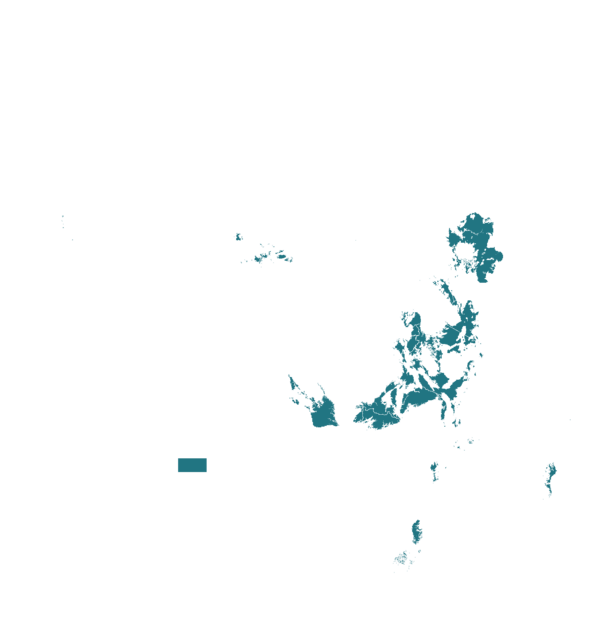

Greenhouse Solutions for Thriving Sweet Potato Farms
The tent-style greenhouse is constructed using locally available materials and screen nets, which are cost-effective and easy to assemble. The greenhouse maintains optimal soil moisture, either manually or through drip irrigation, promoting healthy growth of the vines. The screen nets serve a dual purpose: they provide a barrier against pests and diseases, and they create a controlled environment conducive to growth. This technology ensures the production of high-quality, disease-free planting material, which is crucial for the successful cultivation of sweet potatoes. It’s a practical and beneficial tool for farmers aiming to increase their sweet potato yield.
This technology is TAAT1 validated.
sales of vines per square meter
Open source / open access
For Farmers:
Integrating a tent-style greenhouse in a sweet potato farm business can significantly enhance crop yield and quality by providing a controlled, pest-free environment and ensuring the availability of high-quality planting material. This cost-effective solution also promotes efficient use of resources, contributing to sustainable farming practices.
Here are the key steps for a successful implementation of a tent-style greenhouse in your sweet potato farm:
Learn About the Greenhouse: Attend workshops or seek information about the tent-style greenhouse, its benefits, and operation.
Estimate Costs: Calculate the costs for constructing the greenhouse and purchasing vines. Include transportation, labor, and training costs.
Choose the Location: Find a spot on your farm with good light, drainage, and wind protection for the greenhouse.
Prepare the Site: Clear the chosen area and level the base.
Build the Greenhouse: Assemble the frame, install the screen nets, and cover the frame with the plastic cover. You might need some help with this.
Arrange the Plants: Place the sweet potato vines and cuttings inside the greenhouse, ensuring enough space for air circulation.
Maintain the Greenhouse: Learn how to control soil moisture, temperature, and airflow inside the greenhouse.
Evaluate and Improve: Regularly check the effectiveness of the greenhouse and make necessary improvements.
Remember, the timeline for these activities will depend on your specific situation and needs.
Adults 18 and over: Positive high
The poor: No impact
Under 18: Positive medium
Women: Positive medium
Climate adaptability: Highly adaptable
Farmer climate change readiness: Significant improvement
Biodiversity: Positive impact on biodiversity
Carbon footprint: Same amount of carbon released
Environmental health: Moderately improves environmental health
Water use: Same amount of water used
Algeria,Angola,Benin,Botswana,Burkina Faso,Burundi,Cameroon,Cape Verde,Central African Republic,Chad,Comoros,Democratic Republic of the Congo,Djibouti,Egypt,Equatorial Guinea,Eritrea,Ethiopia,Gabon,Gambia,Ghana,Guinea,Guinea-Bissau,Côte d’Ivoire,Kenya,Lesotho,Liberia,Libya,Madagascar,Malawi,Mali,Mauritania,Mauritius,Morocco,Mozambique,Namibia,Niger,Nigeria,Republic of the Congo,Rwanda,Senegal,Sierra Leone,Somalia,South Africa,South Sudan,Sudan,Eswatini,Tanzania,Togo,Tunisia,Uganda,Western Sahara,Zambia,Zimbabwe
Scaling Readiness describes how complete a technology’s development is and its ability to be scaled. It produces a score that measures a technology’s readiness along two axes: the level of maturity of the idea itself, and the level to which the technology has been used so far.
Each axis goes from 0 to 9 where 9 is the “ready-to-scale” status. For each technology profile in the e-catalogs we have documented the scaling readiness status from evidence given by the technology providers. The e-catalogs only showcase technologies for which the scaling readiness score is at least 8 for maturity of the idea and 7 for the level of use.
The graph below represents visually the scaling readiness status for this technology, you can see the label of each level by hovering your mouse cursor on the number.
Read more about scaling readiness ›
Uncontrolled environment: tested
Common use by intended users, in the real world
| Maturity of the idea | Level of use | |||||||||
| 9 | ||||||||||
| 8 | ||||||||||
| 7 | ||||||||||
| 6 | ||||||||||
| 5 | ||||||||||
| 4 | ||||||||||
| 3 | ||||||||||
| 2 | ||||||||||
| 1 | ||||||||||
| 1 | 2 | 3 | 4 | 5 | 6 | 7 | 8 | 9 | ||
| Country | Testing ongoing | Tested | Adopted |
|---|---|---|---|
| Benin | –No ongoing testing | Tested | Adopted |
| Botswana | –No ongoing testing | Tested | Adopted |
| Burkina Faso | –No ongoing testing | Tested | Adopted |
| Central African Republic | –No ongoing testing | Tested | Adopted |
| Zimbabwe | –No ongoing testing | Tested | Adopted |
This technology can be used in the colored agro-ecological zones. Any zones shown in white are not suitable for this technology.

















| AEZ | Subtropic - warm | Subtropic - cool | Tropic - warm | Tropic - cool |
|---|---|---|---|---|
| Arid | ||||
| Semiarid | ||||
| Subhumid | ||||
| Humid |
Source: HarvestChoice/IFPRI 2009
The United Nations Sustainable Development Goals that are applicable to this technology.




Site Selection: Identify and secure an appropriate location for constructing the greenhouse. Ensure it has sufficient space and access to sunlight.
Gather Materials: Acquire the necessary materials for construction, including screen netting, supporting posts, anchors, cables, and any optional components like drip irrigation system.
Erecting Posts: Begin by setting up the supporting posts at regular intervals across the chosen area. These posts will serve as the framework for the greenhouse.
Installing Cables: Connect the cables to the posts horizontally, creating a grid-like pattern to support the screen netting. This step provides structural stability.
Sinking Cable Anchors: Secure the cables in place by sinking anchors into the ground. These anchors will help maintain tension and stability in the structure.
Connecting Cables and Anchors: Ensure that the cables are securely connected to the anchors, creating a stable framework for the greenhouse.
Stretching Screen Nets: Carefully drape the screen netting over the framework, ensuring it covers the entire structure. Secure the netting in place.
Burying Edges of Screen Nets: Bury the edges of the screen netting in the soil to prevent pests and insects from entering the greenhouse.
Optional: Installing Drip Irrigation System: If desired, set up a drip irrigation system connected to a water tank to maintain optimal soil moisture levels within the greenhouse.
Monitor and Maintain: Regularly inspect the greenhouse for any wear and tear, and make necessary repairs. Ensure that the irrigation system (if installed) is functioning properly.
Utilize for Multiplication: Once the greenhouse is set up, use it for multiplying sweet potato vines and cuttings. Place the planting material inside the greenhouse for propagation.
Last updated on 7 November 2025